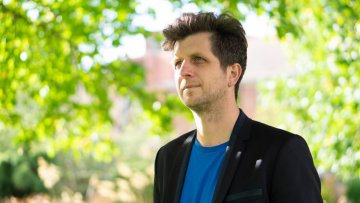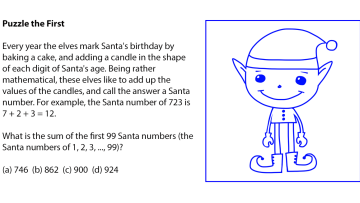14:00
Multigrid for climate- and weather prediction
Abstract
Climate- and weather prediction centres such as the Met Office rely on efficient numerical methods for simulating large scale atmospheric flow. One computational bottleneck in many models is the repeated solution of a large sparse system of linear equations. Preconditioning this system is particularly challenging for state-of-the-art discretisations, such as (mimetic) finite elements or Discontinuous Galerkin (DG) methods. In this talk I will present recent work on developing efficient multigrid preconditioners for practically relevant modelling codes. As reported in a REF2021 Industrial Impact Case Study, multigrid has already led to runtime savings of around 10%-15% for operational global forecasts with the Unified Model. Multigrid also shows superior performance in the Met Office next-generation LFRic model, which is based on a non-trivial finite element discretisation.



